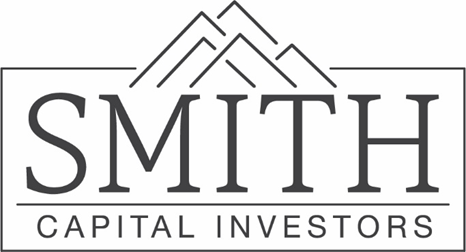
Key Themes for 2023: Macro, Rates and Curve Outlook
Macro, Rates, and Curve Outlook
Lindsay Bernum, Head of Macro and Rates
Macro
After the Fed raised rates over 400bps in 2022 and will likely take the Fed Funds Rate to a terminal level above 5% in 2023, we expect the Fed to pause and allow monetary policy to work its way through the real economy. Much to the surprise of the market, the economy absorbed the rapid pace of hikes shockingly well, and we believe the economy is actually in a position to walk a thin but strong line avoiding recession. This is not to say that we won’t see sector specific softening/recession tendencies, but overall, we expect the consumer to remain in a position of strength and growth to mark modestly positive.
Housing and manufacturing, both beneficiaries of the pandemic, will remain depressed in 2023 due to the impact of higher rates slowing demand. We expect housing to start to normalize with a modest amount of relief from mortgage rates and continuing tight supply. Manufacturing spent much of 2022 working through supply chain-related disruptions, and we now expect normalization and a slowdown at this point due to demand softening. When we look back on the square root impact of the pandemic, after a dramatic decline and quick recovery, we expect to return to the pre-pandemic trend.
We expect the consumer to be fragile but overall resilient in 2023. Though we acknowledge that employment is a lagging indicator, the consumer continues to have opportunities for employment as well as strength from wages, savings, and credit to utilize. The consumer showed us that they have options, shifting from goods in the pandemic to services in the recovery, and 2023 will see inflationary pressures starting to ease with the consumer being the beneficiary.
Speaking of inflation, the unwind is beginning. Inflation rose quickly and seemed sticky, but it is now expected to rise at a slower pace. The combination of normalization and the rebasing effect is expected to bring Core CPI down to the high 3% YoY level and Core PCE into the mid 3% range in 2023. While not technically achieving the Fed’s 2% target, at a minimum, we will be moving in the right direction.
We expect the market to continue to push on the Fed, and therefore volatility will remain. Avoiding a recession will give the Fed the upper hand, however, the market wants to see a dovish Fed emerge and will push for the “pause and pivot” view that plagued most of 2022.
If the pandemic has taught us anything, it is to expect the unexpected. There will be winners and losers as we near the end of this cycle.
Rates and Curve
The move from Treasuries in 2022 was reminiscent of the 1994 correction. While painful to live through, the economy accepted the tightening of financial conditions relatively well all things considered. Our mantra was “Don’t Fight the Fed” as volatility was ever present. To add insult to injury, the market fought the Fed every step of the way. 2023 may prove more rational as the Fed is nearing the terminal level and is expected to pause as the economy, more specifically inflation, is expected to normalize. While the market will desire a pivot, it will likely accept the pause, because a pause will remove a degree of uncertainty from the equation.
Over the last 20 years, the market has been conditioned with low rates and ample liquidity. We expect the market to push this agenda again in the background, which will first reprice the 10-year and 30-year U.S. Treasury (similar to recent price action) on recession fears and then cause a repricing of the front end in the hope of a pivot. This would take us from the 2022 curve inversion to a flat curve then onto the curve steepener—similar to previous periods.
As we experienced during the pandemic and recovery, market cycles are much faster, and the market tends to, or at least attempt to, front-run the Fed. We expect a similar sentiment in 2023 as the market pushes on the Fed and the Fed pushes back causing quick repricing within Treasuries. Volatility will initially remain high until we settle into an acknowledgment that growth is limping along, that the Fed is holding at the terminal level, and that inflation is subsiding. At that point, we will move between the market pricing in recession fears and the market accepting low growth. We believe we marked the high yields on Treasuries in 2022, and 2023 will provide ample opportunities in the fixed income space across the curve.
To read our full 2023 Outlook, click here
INSTITUTIONAL INVESTOR USE ONLY
Let’s keep talking!
Smith Capital Investors
Our mailing address is:
Smith Capital Investors
1430 Blake Street
Denver, CO 80202
303-597-5555
833-577-6484
info@smithcapitalinvestors.com
www.smithcapitalinvestors.com
The opinions and views expressed are as of the date published and are subject to change without notice of any kind and may no longer be true after any date indicated. Information presented herein is for discussion and illustrative purposes only and should not be used or construed as financial, legal, or tax advice, and is not a recommendation or an offer or solicitation to buy, sell or hold any security, investment strategy, or market sector. No forecasts can be guaranteed, and the author and Smith Capital Investors assume no duty to and do not undertake to update forward-looking predictions or statements. Forward-looking predictions or statements are subject to numerous assumptions, risks, and uncertainties, which change over time. Actual results could differ materially from those anticipated in forward-looking predictions or statements.
Any investment or management recommendation in this document is not meant to be impartial investment advice or advice in a fiduciary capacity and is not tailored to the investment needs of any specific individual or category of individuals. Opinions and examples are meant as an illustration of broader themes, are not an indication of trading intent, and are subject to changes at any time due to changes in the market or economic conditions. The information presented herein has been developed internally or obtained from sources believed to be reliable; however, neither the author nor Smith Capital Investors guarantees that the information supplied is accurate, complete, or timely, nor are there any warranties concerning the results obtained from its use. It is not intended to indicate or imply that any illustration/example mentioned is now or was ever held in any portfolio.
Past performance is no guarantee of future results. As with any investment, there is a risk of loss. Investing in a bond market is subject to risks, including market, interest rate, issuer, credit, inflation, default, and liquidity risk. The bond market is volatile. The value of most bonds and bond strategies are impacted by changes in interest rates. The return of principal is not guaranteed, and prices may decline if an issuer fails to make timely payments or its credit strength weakens. High yield or “junk” bonds involve a greater risk of default and price volatility and can experience sudden and sharp price swings.
Please consider the charges, risks, expenses, and investment objectives carefully before investing. Please see a prospectus, or, if available, a summary prospectus containing this and other information. Read it carefully before you invest or send money. Investing involves risk, including the possible loss of principal and fluctuation of value.
All indices are unmanaged. You cannot invest directly in an index. Index or benchmark performance presented in this document does not reflect the deduction of advisory fees, transaction charges, and other expenses, which would reduce performance.
This material may not be reproduced in whole or in part in any form, or referred to in any other publication, without express written permission from Smith Capital Investors.
Smith Capital Investors, LLC is a registered investment adviser.
SCI00335




























